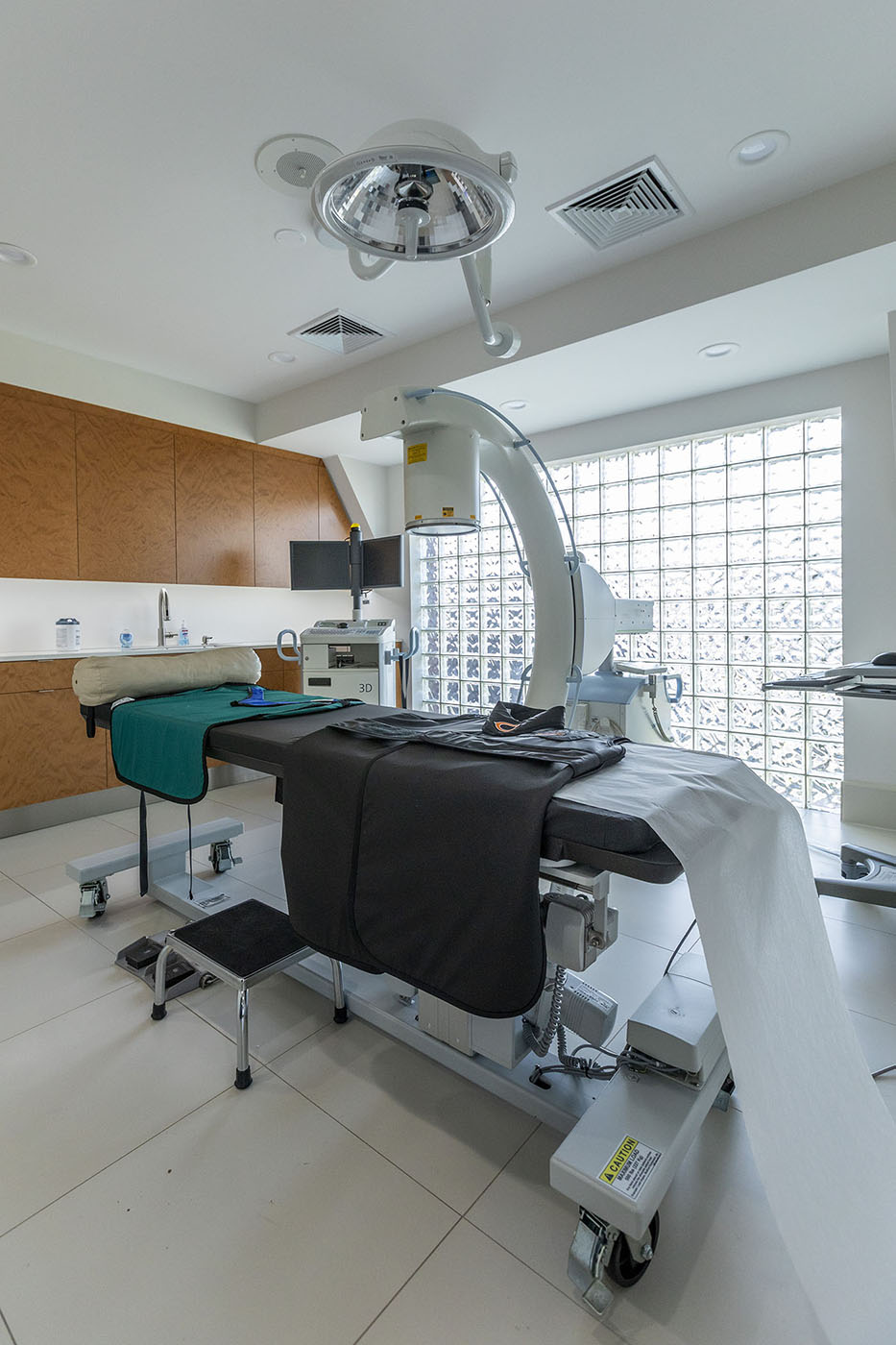How to Know When You Need Joint Reconstruction or Joint Replacement
Did you recently injure a joint? Knees, hips, wrist, shoulders, ankles and even elbows are easy to damage but not all injuries require surgery – some can be solved with just some physical therapy.
Start with basic treatment and go from there
The first step to recovery from a joint injury is the RICE method: Rest, Ice, Compression and Elevation. You can use braces with joint movement, especially if it’s a sports injury. You should also work to maintain your weight and manage muscle tone to keep your body healthy and quicken recovery. If your muscles atrophy, it can put more pressure on joints so it’s vital to do physical therapy to speed up your recovery.
It’s always best to start with less invasive treatments before going to surgery. However, in some cases such as arthritis, bursitis, dislocations, muscle tears or serious injuries, surgery may be required.
If you’ve tried basic treatments and are still dealing with pain and/or lack of movement, then you should consult with your doctor about a joint reconstruction or joint replacement. Each procedure has slightly different ramifications.
Joint Reconstruction vs Joint Replacement
Joint reconstruction is a surgery done to repair and restore your function in a joint while joint replacement is completely removing a damaged joint and replacing it with a new one. Joint reconstruction is typically preferrable unless a joint is damaged beyond repair, in which case joint replacement is necessary.
Joint reconstruction may be necessary if you need any of the following procedures:
- Deformity correction
- Knee multi-ligament reconstruction
- Patella realignment
- Cartilage transplant
- Anterior cruciate ligament (ACL) injuries
Joint replacement may be necessary with a degenerative disease or traumatic injury. Since a joint replacement involves an artificial implant, after a joint reconstruction your joint can never go back to a natural unit. However, modern joint replacement surgeries involve customized joints that can fit your range of motion.
Joint replacement may be necessary if you need any of the following procedures:
- Shoulder resurfacing
- Shoulder replacement
- Hip replacement
- Partial knee replacement
- Total knee replacement
Joint injury surgery: What to expect
Before your surgery, make sure to select a surgeon that you get along with and feel comfortable asking plenty of questions to. Ask plenty of questions so you are well prepared. On the day of surgery, you will not be able to eat anything starting at midnight. We recommend scheduling an early morning surgery, if possible. Some orthopedic surgeons are equipped to perform robotic surgery as well, where the surgeon is assisted in the surgery by robotic equipment.
After surgery you will need to meet with a physical therapist to help you get up, move around, and begin recovery. Make sure you have someone to take you home after the operation, and to help you at home.
Get Help Now
If you or someone you know is in need of joint injury treatment or join replacement in the Staten Island, New York area, contact Dr. Gregory Montalbano or visit iOrthoMD.com. Dr. Montalbano is the top orthopedic surgeon treating patients in Staten Island, Manhattan and Newark, New Jersey with NYU Affiliation.
